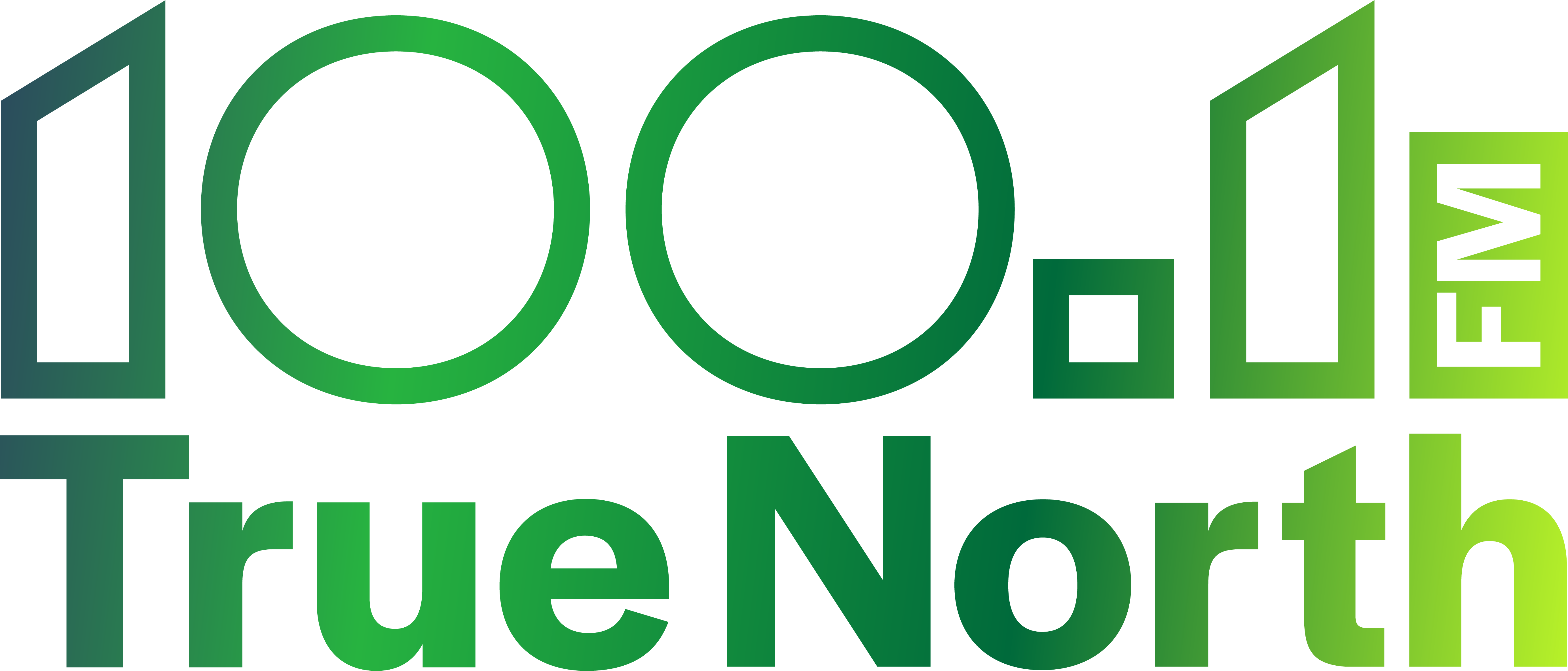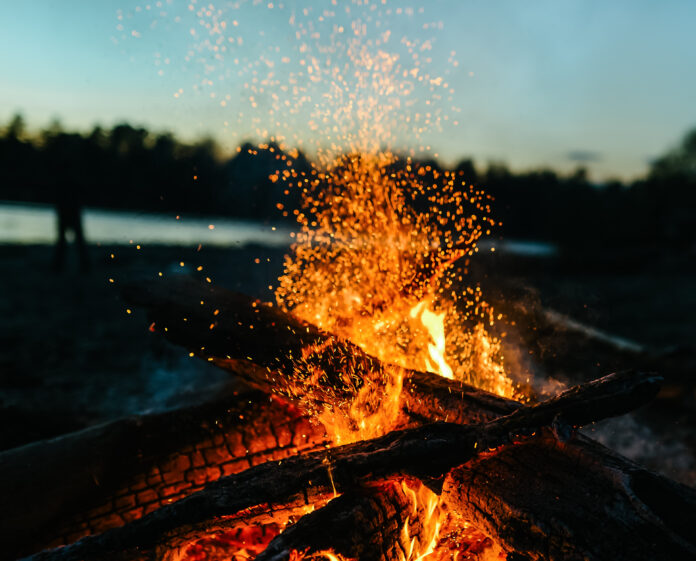The GNWT have given out their latest wildfire update in a virtual meeting.
In their first wildfire update meeting for the 2024 season, several GNWT officials joined the virtual call to help give out some information on how the fires have been dealt with thus far, and what Northerners can expect throughout the summer.
The first to speak was Premier RJ Simpson, who expressed empathy towards Northern residents, and attempted to reassure them about the coming challenges.
“Understandably, residents are feeling a range of emotions right now, because the reality is that we have another challenging fire season ahead of us, already impacting the community of Fort Liard. I want to open this press conference today by saying this government will do everything it can to support NWT residents before, during, and after emergency events.
“As these events increase in frequency and severity, collaboration on emergency management between the GNWT, local authorities, Indigenous governments, residents, and emergency management partners is more important than ever.”
Simpson added that as the GNWT continues it’s evaluations of last year’s season, the GNWT has already made changes to several emergency practices to make sure that Northerners are properly looked after should similar events occur this year.
The main details of the update were once again provided by Mike Westwick, the Wildfire Information Officer with the GNWT. In his report, he shared that there have already been 13 active wildfires so far this year. Fortunately, five have already been extinguished, three have been brought under control, three are currently being fought, and two are being closely monitored.
Reporting from Fort Liard, Westwick revealed that fire crews were successfully able to prevent the fire from crossing the Liard River, with work from both the ground and the air able to hold the line. Fire crews worked closely with local Indigenous leaders to both protect the community and promote FireSmart practices.
Many FireSmart practices involve simply keeping any loose, flammable vegetation away from one’s home to the best of their ability, such as clearing out gutters, keeping the lawn cut short, and spray rooftops clear of any leaves or needles that could burn.
To the south of Fort Simpson, ground crews, heavy equipment, and aircraft are working together to contain the fire. They are working to reduce the impact of the fire on the highway and prevent its spread to Fort Simpson. At last assessment, this fire is measured at 22 hectares in size.
Between fort Providence and Fort Liard, this fire was able to grow to around 1,500 hectares in just a few hours, due to the extreme winds felt in the area over the weekend. The immense growth of this fire made any initial attack impossible at the time, and it has since crossed the Mackenzie River. For this fire, crews are focusing their efforts on protecting cabins and other structures along the highway, and assessments will continue to be made as time passes.
In the South Slave region, fires in Northern Alberta are being closely monitored, and protection methods are being used for structures close to the NWT/Alberta border and along the highway.
Westwick also notes that the potential of fires created by lightning strikes are growing. With the potential rise of these unpredictable fires, Westwick urges all Northerners to do their best to prevent causing any manmade fires, especially at campsites.





